TB-500
$60.00
TB-500: Benefits, Uses, Dosage, and Risks Explained
Introduction to TB-500
TB-500, also known as Thymosin Beta-4 synthetic peptide, has gained significant attention in the health, fitness, and performance community. This peptide is a synthetic version of the naturally occurring protein Thymosin Beta-4, which plays a crucial role in tissue repair, inflammation control, and cellular regeneration. Athletes, bodybuilders, and researchers are increasingly exploring TB-500 for its potential healing properties, muscle recovery benefits, and performance enhancement effects.
In this article, we’ll cover everything you need to know about TB-500—its benefits, mechanisms, dosage, side effects, and safety concerns.
What is TB-500?
It is a synthetic peptide fragment designed to mimic the natural Thymosin Beta-4 protein. This protein is found in almost every human and animal cell and is linked with processes such as:
-
Cell migration and growth
-
Tissue healing and recovery
-
Anti-inflammatory responses
-
Muscle regeneration
Unlike steroids or growth hormones, It does not directly build muscle. Instead, it supports the body’s natural healing and recovery processes, making it popular among athletes recovering from injuries.
Key Benefits of TB-500
1. Accelerated Healing
It has been studied for its role in wound healing and injury recovery. It may help speed up the repair of ligaments, tendons, and muscle tissue, reducing downtime for athletes.
2. Reduced Inflammation
Chronic inflammation can hinder performance and recovery. it has been shown to lower inflammatory responses, which may help with joint pain, arthritis, and other inflammatory conditions.
3. Improved Flexibility and Muscle Recovery
By promoting angiogenesis (the formation of new blood vessels), it can enhance blood flow to injured tissues, supporting faster and more efficient recovery.
4. Cardiovascular and Organ Protection
Some research suggests TB-500 could help protect heart tissue after injury and support organ regeneration, though more clinical trials are needed to confirm these effects.
5. Potential Hair and Skin Benefits
Preliminary studies suggest TB-500 may support hair growth and skin regeneration due to its role in cellular repair mechanisms.
How Does TB-500 Work?
It works by binding to actin, a protein involved in cell structure and movement. By regulating actin, It enhances cell migration, which is crucial for repairing damaged tissues. It also encourages the growth of new blood vessels and reduces scar tissue formation, making it an important compound in regenerative medicine research.
TB-500 Dosage and Administration
Disclaimer: TB-500 is sold for research purposes only. The following information is based on anecdotal reports and scientific literature—not medical advice.
-
Common research dosage: 2–5 mg twice weekly during the initial phase (4–6 weeks)
-
Maintenance phase: 2–5 mg every 1–2 weeks
-
Administration method: Typically delivered via subcutaneous or intramuscular injection in research settings
Possible Side Effects
While it is generally considered safe in controlled studies, some potential side effects may include:
-
Mild fatigue
-
Headaches
-
Injection site irritation
-
Dizziness
-
Temporary lethargy
There is limited long-term data, so the full risk profile remains unclear.
Legal Status of TB-500
It is not approved by the FDA for human use. It is currently available for research purposes only and is sold legally as a research chemical. Athletes should be aware that TB-500 may be banned in competitive sports by organizations like WADA (World Anti-Doping Agency).
Conclusion
It is an exciting peptide with promising regenerative and healing properties. Its ability to accelerate tissue repair, reduce inflammation, and support recovery makes it highly sought after in sports and medical research. However, it is essential to note that TB-500 is still under investigation, and its use should be limited to laboratory and research purposes only.
As studies continue, It may play a revolutionary role in regenerative medicine and performance recovery. Until then, users should approach it with caution and ensure compliance with legal and ethical guidelines.
Be the first to review “TB-500” Cancel reply
Related products
Uncategorized
Uncategorized
Uncategorized
Uncategorized
Uncategorized
Uncategorized
Uncategorized
Uncategorized

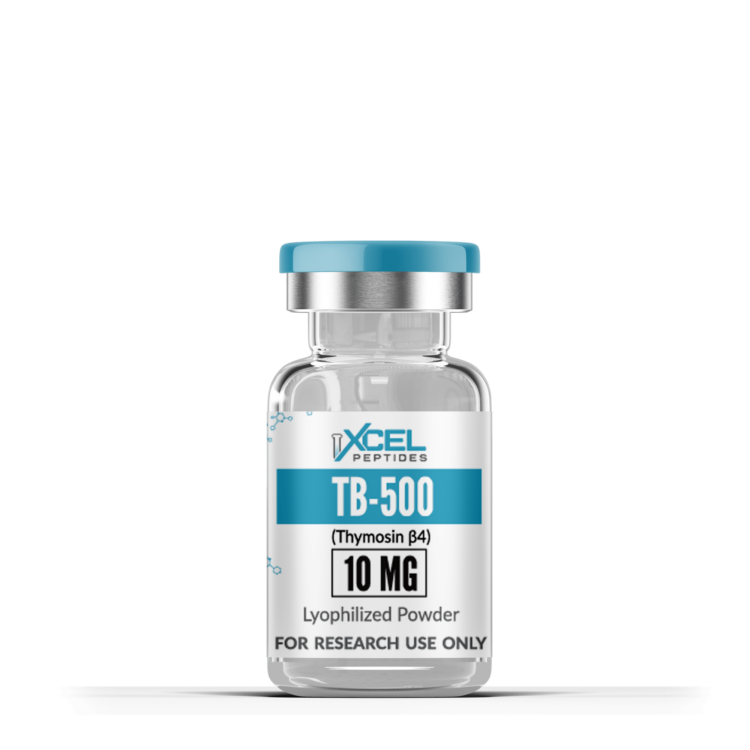
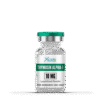
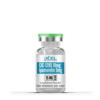
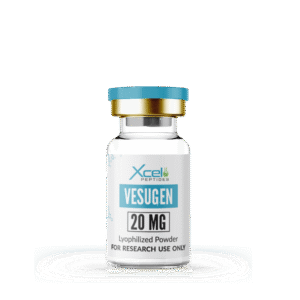
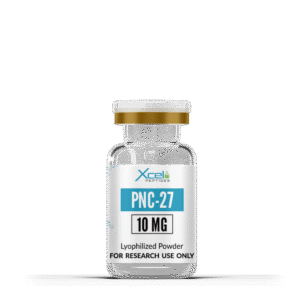


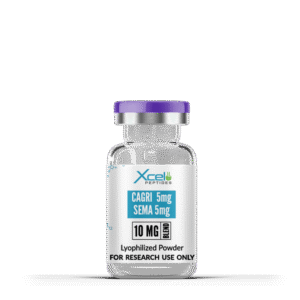
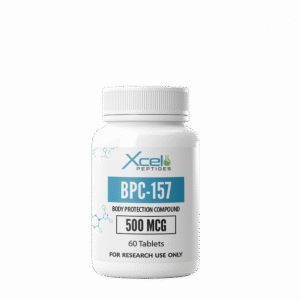
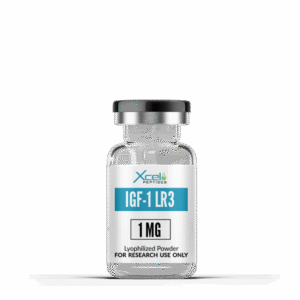
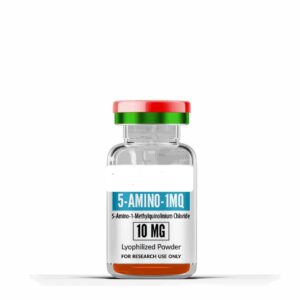
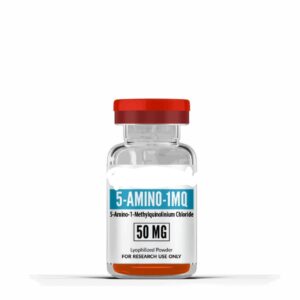
Reviews
There are no reviews yet.